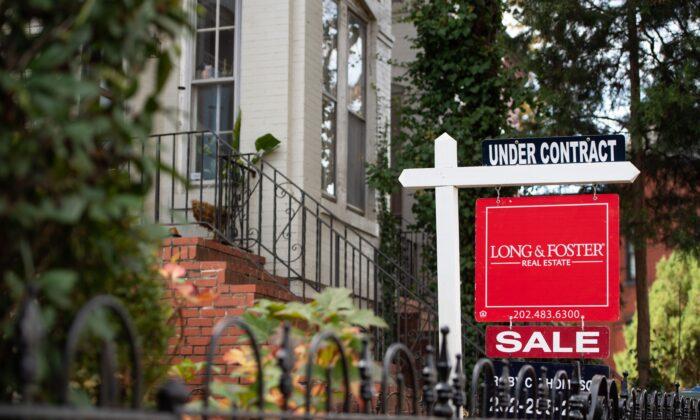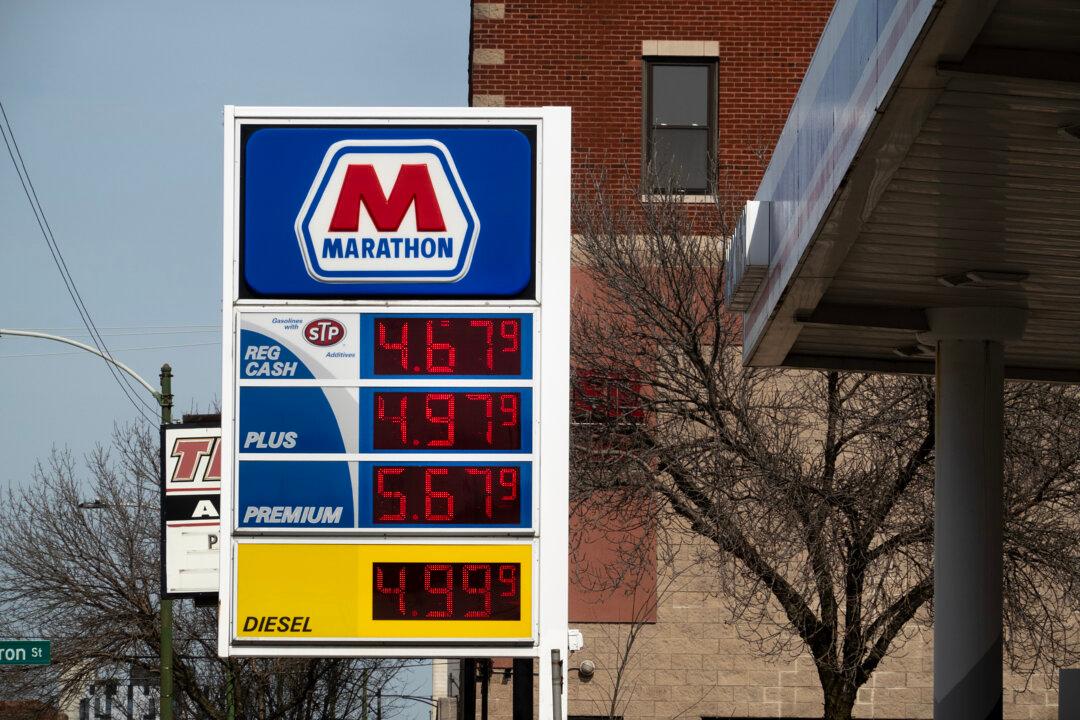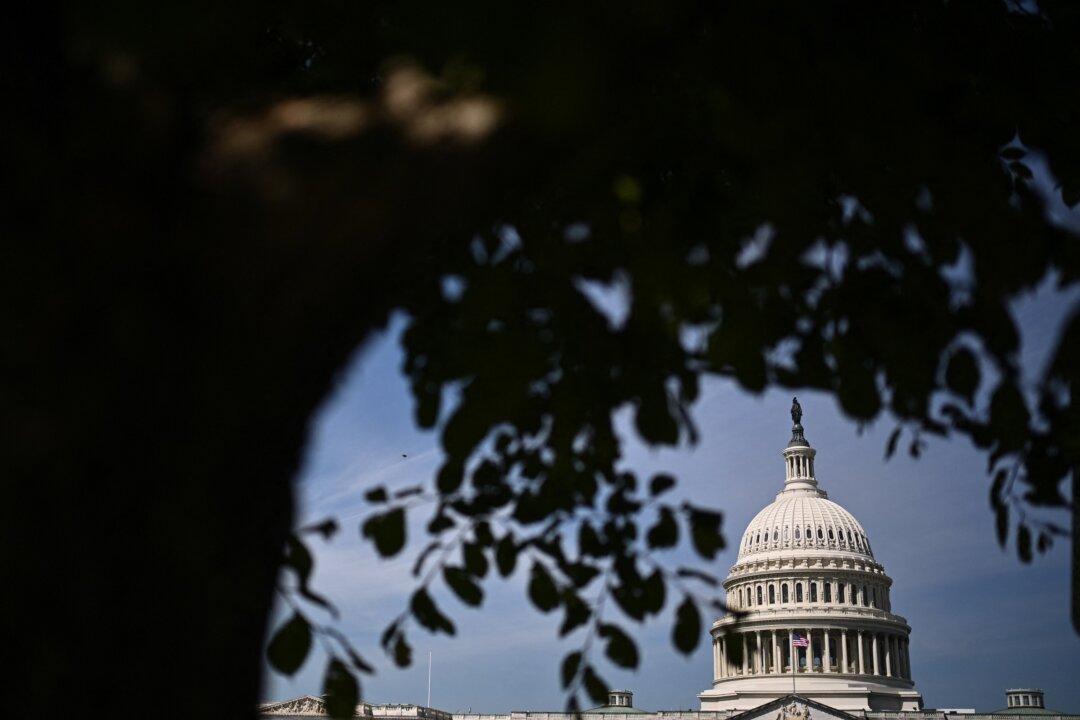The red-hot housing market is showing signs of cooling down, but it’s not just in America where this is happening. Globally, cities all over are feeling the crunch, with price-to-rent and price-to-income ratios skyrocketing. These two ratios are important measurements as they measure housing affordability in given housing markets. In New Zealand alone, the price-to-rent index is 156.8 and the price-to-income ratio is 143.9.
A mixture of low interest rates across the developed world has created equally low mortgage rates; add cheap money to construction material shortages, and a short supply of finished housing, and you have a supply and demand issue. That has created a surge in home prices. The surge is still raging on; but while part of the market is overheating, other segments of the market are starting to cool down. There are a lot of moving parts in the housing industry, but if we do get to the point where housing prices begin to drop, it is a good sign of a recession.
Apart from recessionary fears, falling home prices are just plain bad. Certainly bad for elections. On June 21, Bloomberg reported: “Falling home prices would erode household wealth, dent consumer confidence, and potentially curb future development. Animal spirits are typically tamed when people are faced with higher repayment costs on an asset that’s losing value. And property construction and sales are huge multipliers of economic activity around the world.”
Granted, some parts of America are insulated from this. The majority of overpriced housing markets lie in the Northeast and the West Coast; see the chart below for an illustration.

What Has the Fed Said?
Recently, Fed Chairman Jerome Powell alluded to a “reset” in housing prices, and even mentioned the possibility of falling housing prices. Powell said the following at the FOMC Press Conference on June 15, 2022: “We saw [home] prices moving up very very strongly for the last couple of years. So that changes now. And rates have moved up. We are well aware that mortgage rates have moved up a lot. And you are seeing a changing housing market. We are watching it to see what will happen. How much will it really affect residential investment? Not really sure. How much will it affect housing prices? Not really sure. Obviously, we are watching that quite carefully… It’s a very tight market. So prices might keep going up for a while, even in a world where rates are up. So it’s a complicated situation and we watch it very carefully. I'd say if you are a homebuyer, somebody or a young person looking to buy a home, you need a bit of a reset. We need to get back to a place where supply and demand are back together and where inflation is down low again, and mortgage rates are low again.”While Chairman Powell is “not really sure” about a lot, others are much more certain. For instance, David L. Steinbach, global chief investment officer and co-head of Investment Management of Hines stated: “I think we’re in for a rough few months, this year is going to be choppy. Higher inflation is without a doubt making its way into private real estate. The bidding pools are becoming thinner.” It is worth noting that Hines is one of the largest privately-held property owners and developers in the world.
On June 23, Lance Lambert from Fortune reported: “Between April 2022 and April 2023, CoreLogic predicts U.S. home prices are poised to rise another 5.9 percent. But not every housing market will be so lucky. Fortune reached out to CoreLogic to see if it would provide us with its assessment of the nation’s largest regional housing markets. Among the 392 regional housing markets it looked at, CoreLogic found 45 markets had a greater than 50 percent chance of seeing local home prices decline over the next 12 months. Last month, only 26 markets fell into that camp. That’s a 73 percent one-month jump.”
Yes, housing prices have been driven upwards due to market dynamics, and yes, prices have been clearly inflated. It is true we are facing a housing shortage, and the lack of housing supply is very real. Estimates peg the actual number at 4 million units. In other words, we need 4 million more houses to meet demand. Even NPR reported about it: this past March, NPR correspondent Chris Arnold wrote: “The Housing Shortage Is Significant. It’s Acute For Small, Entry-Level Homes. And that’s the main reason we’ve ended up millions of homes short—builders for many years just weren’t building enough to keep up with demand. That lack of supply has pushed home prices to record levels—up nearly 20 percent last year alone.”
It has been said by numerous housing experts and analysts that the U.S. housing market has about two months of housing supply available. An oversupply of housing could occur at six months of supply. This leads one to believe that housing prices will fall once we reach an oversupply; if a recession occurs before the oversupply occurs, problem averted.
The only thing that worries me is the lack of brinkmanship and strategy in the Fed. Will they be able to navigate all of the moving parts? Housing is already unaffordable across the country; even rent is expensive. According to the Bureau of Labor Statistics, rent increased last year by 4 percent, surpassing the 3.3 percent annual average increase.






